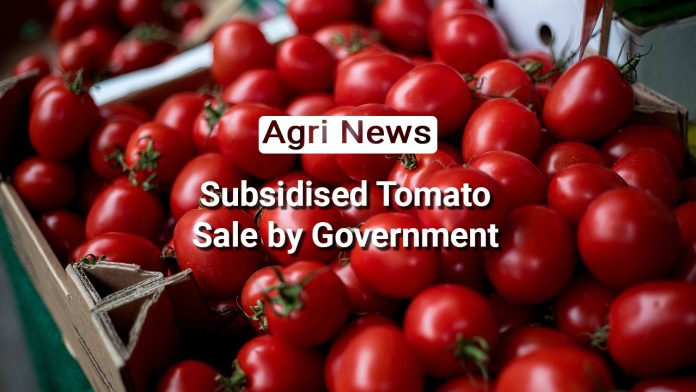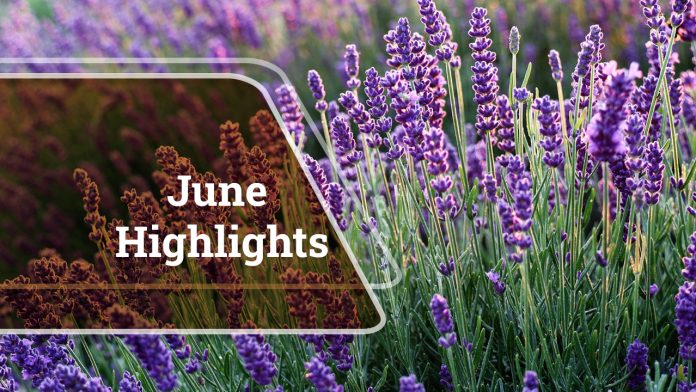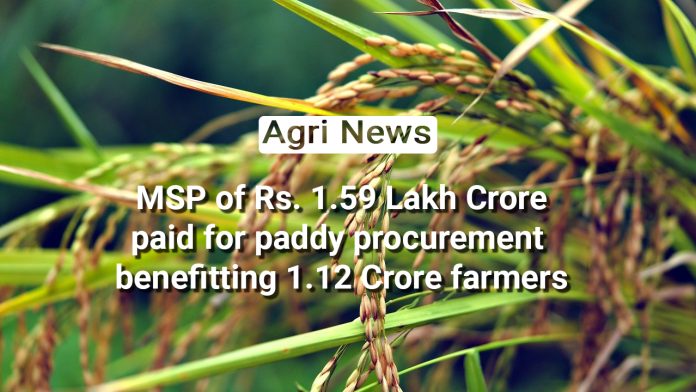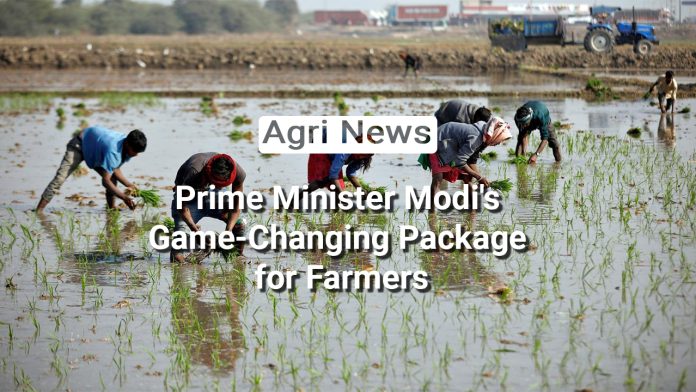1. Bhaderwah Valley Blossoms with Lavender Festival
The enchanting Bhaderwah Valley in Jammu and Kashmir has become the vibrant host of the two-day “Lavender Festival“. This festival, organized by CSIR-IIIM as part of their ‘One Week One Lab Campaign,’ celebrates the remarkable achievements in lavender cultivation and its positive impact on the local community. As the “Lavender capital of India,” Bhaderwah Valley mesmerizes visitors with its aromatic lavender fields, showcasing the valley’s emergence as a prominent agri-startup destination. The Lavender Festival is a testament to the success of lavender cultivation and its contribution to the region’s prosperity.
2. ADB and India Cultivate Prosperity in Himachal Pradesh’s Horticulture Sector
Himachal Pradesh’s agricultural landscape is set to flourish, thanks to significant collaboration between the Government of India and the Asian Development Bank (ADB). Recently, they signed a $130 million loan aimed at boosting agricultural productivity, expanding irrigation access, and promoting horticulture agribusinesses in seven districts of the state. This transformative project aims to enhance farmers’ income and equip them with resilience against climate change. By empowering the horticulture sector, the partnership between ADB and India will uplift the agricultural community in Himachal Pradesh and create a brighter future for farmers.
3. ICAR and Amazon Kisan Empower Farmers with Scientific Cultivation
Indian Council of Agricultural Research (ICAR), New Delhi, has joined hands with Amazon Kisan in a landmark partnership to empower farmers. Their recently signed memorandum of understanding (MoU) aims to combine expertise and create synergy between the two organizations, benefiting farmers by guiding them in scientific cultivation for optimal yield and income. This partnership, through the Amazon Kisan program, ensures access to high-quality fresh produce for consumers across India, including through Amazon Fresh. By embracing innovation and collaboration, ICAR and Amazon Kisan are transforming the agricultural landscape and bringing prosperity to farmers.
4. mooMark Revolutionizes Dairy Farming with Heat Index Insurance Plan
In a remarkable development, mooPay, the fintech arm of Stellapps, has partnered with IBISA Network, HDFC ERGO, and Gramcover to introduce an innovative insurance plan for dairy farmers. This groundbreaking plan, based on the Heat Index, aims to compensate mooMark dairy farmers for income losses resulting from decreased milk productivity during scorching summer heat waves. By offering protection and support, mooMark becomes the first Indian private dairy to prioritize the well-being of farmers and ensure their economic stability. This pioneering insurance plan strengthens the bond between dairy farmers and the agricultural ecosystem.
5. Boosting Farmers’ Prosperity: Union Cabinet Approves Enhanced MSP for Kharif Crops
The Union Cabinet Committee on Economic Affairs (CCEA) has recently given its approval to increase the Minimum Support Prices (MSP) for all mandated Kharif Crops during the Marketing Season 2023-24. With the objective of ensuring remunerative prices for farmers and encouraging crop diversification, this decision reflects the government’s commitment to uplift the agricultural sector. Among the 14 Kharif Crops, moong witnessed the highest increase in MSP, rising to 8,558 rupees per quintal from last year’s 7,755 rupees per quintal. The enhanced MSP will empower farmers, promote agricultural prosperity, and foster a resilient farming community.
6. Sustainable Agriculture Revolution: India Introduces Sulphur-Coated Urea
In a comprehensive package aimed at improving the overall well-being and economic stability of farmers, the Cabinet Committee on Economic Affairs (CCEA) recently introduced several transformative programs. Among them, a noteworthy component is the introduction of Sulphur Coated Urea (Urea Gold) in the country for the first time. This eco-friendly alternative to Neem coated urea promotes sustainable agriculture practices. With this progressive move, India reaffirms its commitment to nurturing the environment, supporting farmers, and ensuring a prosperous future for the agricultural community.
7. APPPC Workshop: Harnessing Systems Approach to Combat Mango Fruit Flies
In a collaborative effort to combat fruit flies infesting mangoes, India recently hosted the APPPC Workshop on Systems Approach in Vashi, Navi Mumbai. Jointly organized by the Directorate of Plant Protection and Quarantine, DA&FW, Ministry of Agriculture & Farmers Welfare, and the Asia Pacific Plant Protection Commission (APPPC-FAO), the workshop welcomed participants from various countries physically and virtually. Experts from Bangladesh, Indonesia, Lao, Malaysia, Nepal, Philippines, Samoa, Sri Lanka, Thailand, Vietnam, and Bhutan convened to share insights on managing fruit flies. This gathering of minds seeks to protect mango crops and bolster fruit production across borders.
8. Dugdh Sankalan Sathi: Revolutionizing Milk Collection with a Mobile App
The dairy sector in India received a significant boost with the launch of the “Dugdh Sankalan Sathi Mobile App” by the Union Minister of Heavy Industries. Developed by Rajasthan Electronics & Instruments Limited (REIL), this app marks a milestone in streamlining the milk collection process. It brings significant benefits to the stakeholders involved, including milk producers, cooperative societies, milk unions, and state federations. The Dugdh Sankalan Sathi Mobile App enhances efficiency, transparency, and profitability in the dairy industry, fostering growth and prosperity for all participants.
9. Empowering Farmers: Report Fish Disease App Revolutionizes Aquaculture
In a step toward strengthening the disease reporting system in the aquaculture sector, Union Minister for Fisheries, Animal Husbandry and Dairying, Shri Parshottam Rupala, recently launched the Report Fish Disease (RFD) App at Krishi Bhawan. Developed by ICAR-NBFGR under the National Surveillance Programme for Aquatic Animal Diseases (NSPAAD), this app empowers farmers to report disease incidences in fin fish, shrimps, and molluscs on their farms. By connecting farmers with field-level officers and fish health experts, the RFD app facilitates timely intervention and ensures the well-being of aquatic animals, promoting sustainable and resilient aquaculture practices.
10. BIS Sets the Standard for Sustainable Utensils: IS 18267: 2023
The Bureau of Indian Standards (BIS) takes a significant step toward reducing plastic pollution and promoting sustainability with the publication of IS 18267: 2023. Titled “Food Serving Utensils Made from Agri By-Products – Specification,” this standard provides comprehensive guidelines for manufacturers and consumers alike. It advocates the use of agricultural by-products, such as leaves and sheaths, as preferred materials for making plates, cups, bowls, and more. By adopting these standards, India embraces environmentally friendly practices and ensures uniformity in quality requirements, contributing to a greener future.







![Revitalizing Agriculture: Open Market Sale Scheme (Domestic) [OMSS(D)] and the Quest for Balanced Markets Revitalizing Agriculture: Open Market Sale Scheme (Domestic) [OMSS(D)] and the Quest for Balanced Markets](https://kisanvedika.bighaat.com/wp-content/uploads/2023/08/1-696x392.jpg)






